On average, tires should be balanced and rotated at least once every six months. As the tires are the parts of your car that are exposed most to roads, they will invariably suffer the maximum wear and tear. However, through rotation and balancing, you can ensure that your car's tires last a long time.
Takedown request | View complete answer on shopempiremazda.com
It's not completely necessary to balance tires when rotating, but it is a good idea to do so. When performed by a shop, the balancing procedure is inexpensive, so its usually paired with the rotation. If you're doing a rotation job yourself, it's up to you whether you want to also balance.
Takedown request | View complete answer on elginvw. com
Most manufacturers recommend that all four tires should be rotated and balanced approximately every seven thousand miles. A great way to keep up with this recommendation is to have your tires rotated and balanced about every other time you have your oil changed.
Takedown request | View complete answer on driving-tests.org
Most manufacturers typically recommend rotating your tires every 5,000-10,000 miles, or at the same time as your regularly scheduled oil changes.
Takedown request | View complete answer on infinitioftucson.com
TOM: Rotating the tires doesn't affect the balance, because you're just moving the tires--rims and all--from one place on the car to another.
| View complete answer on cartalk.com
Vibration is the first and most common sign of unbalanced tires. Drivers may feel the vibration in the steering wheel, floor, or seat depending on which tire is unbalanced. The severity of the vibration will be dependent on how unbalanced the tire is, current driving/road conditions, and your speed.
Takedown request | View complete answer on unitedtire.com
Sometimes it's a humming or a buzzing and, depending on how bad, it affects the performance of the car. Although, this humming and sometimes shaking can be confused with a worn wheel bearing.
Although, this humming and sometimes shaking can be confused with a worn wheel bearing.
| View complete answer on thehealthyjournal.com
As a general rule of thumb, you should rotate your tires about every six to eight thousand miles. A good way to remember is to have them rotated every time you get an oil change. You may need to get your tires rotated more often if you drive a performance vehicle, for instance, or if you notice substantial uneven wear.
Takedown request | View complete answer on burtbrothers.com
Rotating your tires evens out the wear and makes them last longer. Proper rotation not only helps even out wear and extend the life of your tires, it provides the perfect opportunity to make certain all four wheels are in good working order.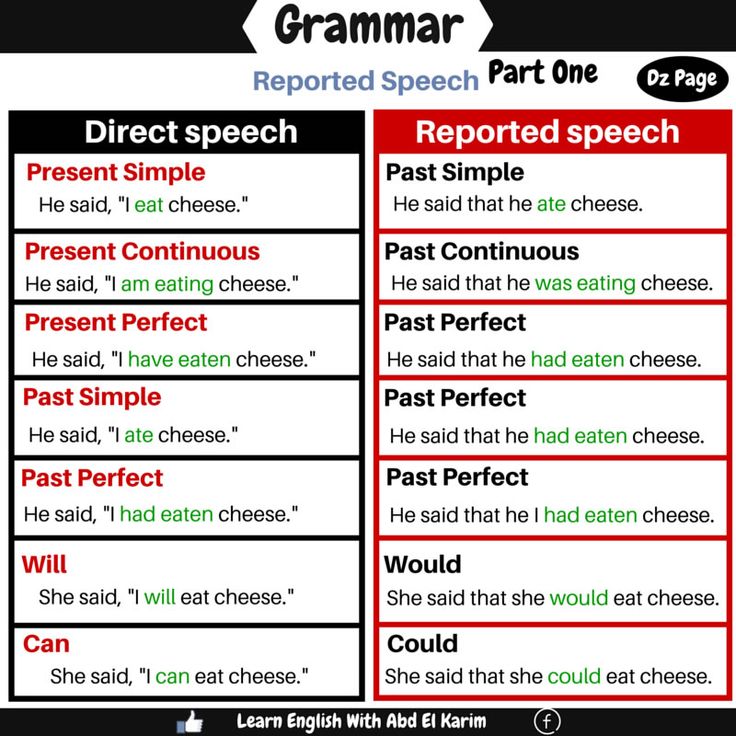
| View complete answer on caranddriver.com
Unless you drive fewer than about 7,500 miles per year, it's a good idea to rotate tires every six months or so to prevent uneven wear. The tires mounted on the drive wheels of any vehicle perform extra duty because they apply the power to the pavement.
Takedown request | View complete answer on cars.com
How Often Should I Get My Tires Balanced? Many experts argue over how often the tire balance should be checked. It is usually recommended that they be examined every 5000 to 7500 miles or every 2 years.
Takedown request | View complete answer on cavatoyota.com
For virtually all vehicles, it's necessary to get your wheels aligned periodically.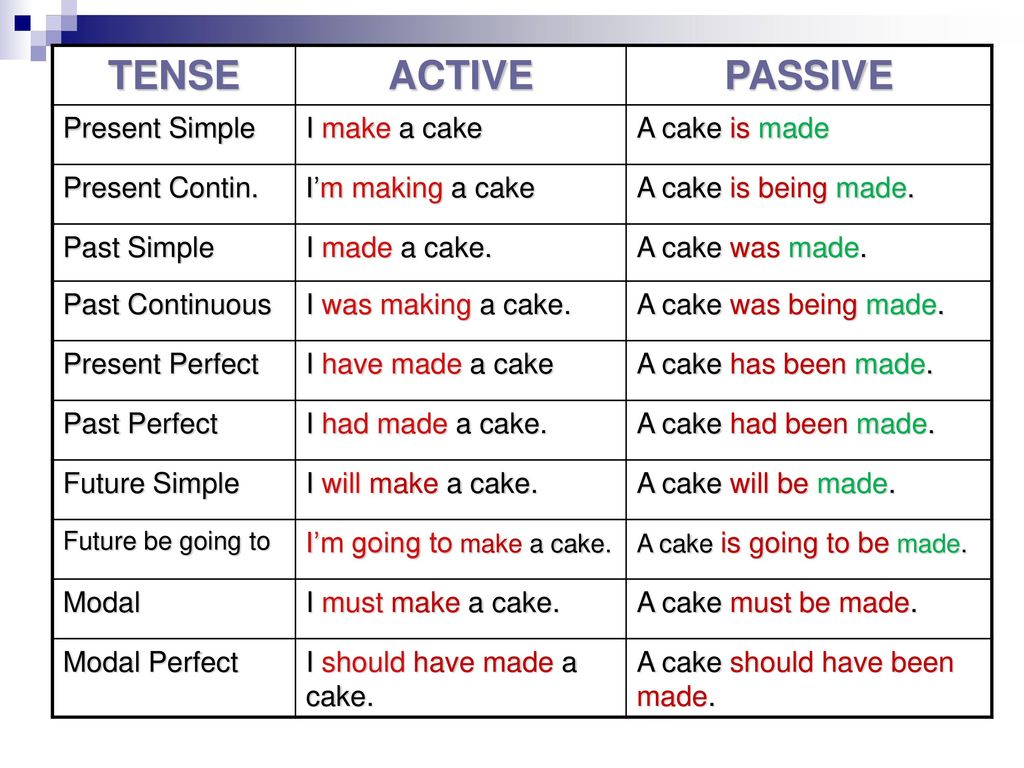 Most car experts recommend scheduling an alignment every other oil change, or approximately every 6,000 miles.
Most car experts recommend scheduling an alignment every other oil change, or approximately every 6,000 miles.
| View complete answer on toyotaknoxville.com
About every 7,500 miles or 6 months.
Most vehicle manufacturers recommend that you get your tires rotated approximately every 7,500 miles or six months. However, some vehicles are exceptions and it's always best to refer to your owner's manual. This number can change depending on how, where, and what you drive.
Takedown request | View complete answer on firestonecompleteautocare.com
Tire rotation vs tire balance
Every time you go in for a tire rotation, your tires should also be balanced. If your tires are not balanced when they spin (that is, with the weight of the wheel and the tires evenly distributed) it can cause the wheels to shake, which is definitely a bad sign!
Takedown request | View complete answer on blog. certifiedautoplex.com
certifiedautoplex.com
Depending on your location and your vehicle, service costs for both wheel balancing and alignment can vary. In general, the U.S. average for wheel balancing is between $40-$75.
Takedown request | View complete answer on iehyundai.com
Wheel Balancing
A typical wheel balance service costs anywhere from $15–$50 per tire.
Takedown request | View complete answer on vatire.com
The short answer is yes. Next to checking your tire pressure, proper rotation of your winter tires is the second-most important maintenance step for any vehicle. Moving your winter tires around from one position on your vehicle to another ensures their longevity and allows for optimal performance.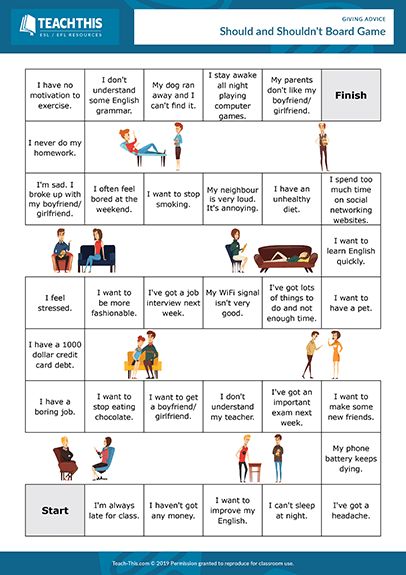
| View complete answer on kaltire.com
8 Bad Habits That Shorten the Life of Your Tires
| View complete answer on evanstire.com
It is especially important to rotate new tires by 5,000 miles because deep, fresh tire tread is more susceptible to uneven wear. Secondly, even tread wear keeps the tread depth on your tires uniform, which can help keep traction and handling consistent across all four tires.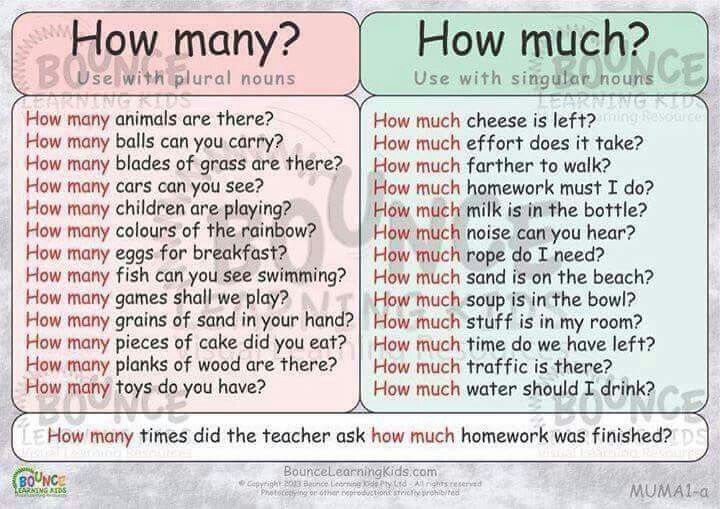
| View complete answer on bridgestonetire.com
Getting your tires rotated routinely can also help save you gas mileage. Tire rotation service helps to reduce uneven wear to the tread of the tire, so your tires last longer.
Takedown request | View complete answer on rt10tire.com
Usually, the average length of time that a tire rotation will take is around an hour and it's recommended every six months or 6,000 to 8,000 miles.
Takedown request | View complete answer on toyotaofmanchesternh.com
Just remember, “cross to drive”. Directional treads are designed to perform in the direction denoted on the tire sidewall only. They must always be rotated front to rear — no matter the vehicle they are installed on — so the direction of the rotation does not change.
They must always be rotated front to rear — no matter the vehicle they are installed on — so the direction of the rotation does not change.
| View complete answer on bridgestoneamericas.com
What are the symptoms of your car being out of alignment?
| View complete answer on moogparts.com
What Are the Signs That Your Tires Needs Balancing? Uneven tire wear and vibration in your steering wheel, floorboard, or seat can signal it's time for tire balancing. You may also want to have your tires balanced during a tire rotation, after a flat tire repair, or as part of your scheduled maintenance.
| View complete answer on firestonecompleteautocare.com
For example, if you still feel tire vibrations after a wheel balancing service, you may be dealing with tire runout. Tire runout takes one of two forms, known respectively as radial and lateral runout.
Takedown request | View complete answer on tirecraft.com
← Previous question
What do metastatic lung nodules look like?
Next question →
Can a 10 year old get pregnant before her first period?
Tire rotation and tire balancing are important to ensure a vibration-free ride and even tread wear. Keeping your tires in balance and rotating them regularly is important to get the most out of them.
Let’s dive into the details of what tire rotation and balancing are all about and how they affect your tires.
Do Tires Need To Be Balanced When Rotated?
No, it’s not necessary to balance your tires when you have them rotated. It is a good idea however to have them balanced every other tire rotation service however, although this isn’t required.
Tire balancing and tire rotation are unrelated and independent of each other but are often suggested to be performed at the same time.
Tire rotation is the process of moving a wheel and tire assembly from one corner of your vehicle to another on a regular basis to ensure even tread wear.
Tire balancing is the process of adding wheel weights at certain locations around the circumference of your wheel assembly to ensure the wheel and tire spin vibration free.

Tire rotation does not include balancing usually unless explicitly stated. Tire rotation and balancing are sometimes performed at the same time, but rotation is usually performed more often than balancing. In fact, tires often never get rebalanced once they’ve been installed.
We do recommend that you rebalance your tires every 10,000 miles, however. This is to ensure they wear as evenly as possible and account for slight wheel damage from potholes and curb strikes as well as slight balance issues that occur as your tires wear down over time.
We recommend rotating your tires every 5,000 miles and balancing them every 10,000 miles.
Rotating your tires every 5,000 miles will usually meet or exceed the tire manufacturer’s warranty requirement and will do an excellent job of ensuring they wear as evenly as possible.
Balancing your tires every 10,000 miles will also help ensure even tire wear and prevent cupping issues.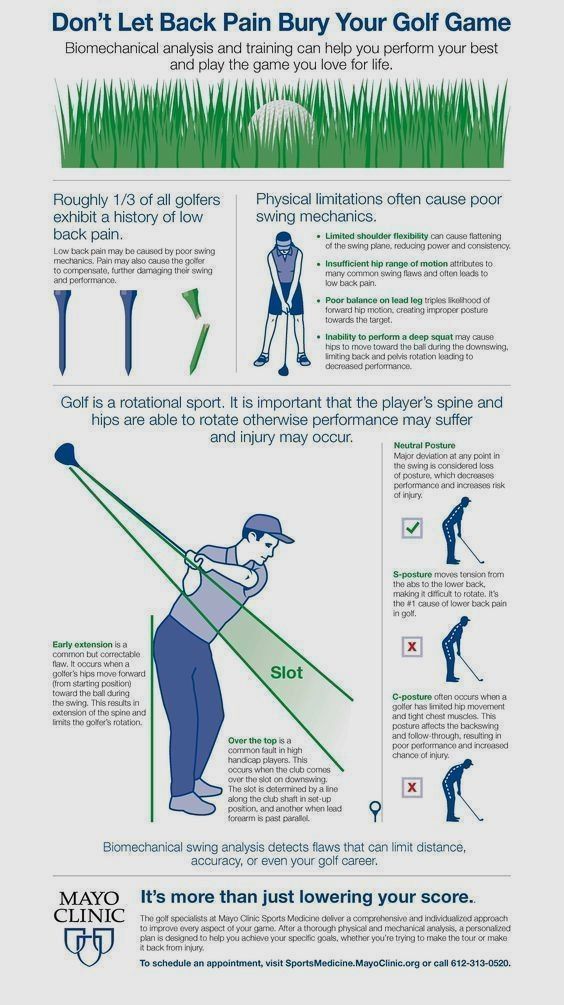 As your tires wear down over time they can become slightly unbalanced. Also, wheel damage from potholes and curb strikes can cause balance problems that may not be obvious but can affect wear over time.
As your tires wear down over time they can become slightly unbalanced. Also, wheel damage from potholes and curb strikes can cause balance problems that may not be obvious but can affect wear over time.
If you do not regularly rotate and balance tires you can experience several potential problems.
Out-of-balance tires are a common source of tire noise. When tires are unbalanced, the faster you drive the more they will vibrate and bounce up and down. This will cause the tires to wear more quickly on the tread and less so on the opposite side of the tire.
If you do not rotate your tires regularly you will cause your tires to wear out more quickly and tread wear that has slowly become uneven as the tread wears down will begin making noise as well as shortening tire life.
Keeping tires rotated and balanced will ensure that noise from tires is as low as possible.
Tire vibration happens when tires are out of balance or there is uneven tread wear across the tread of the tire.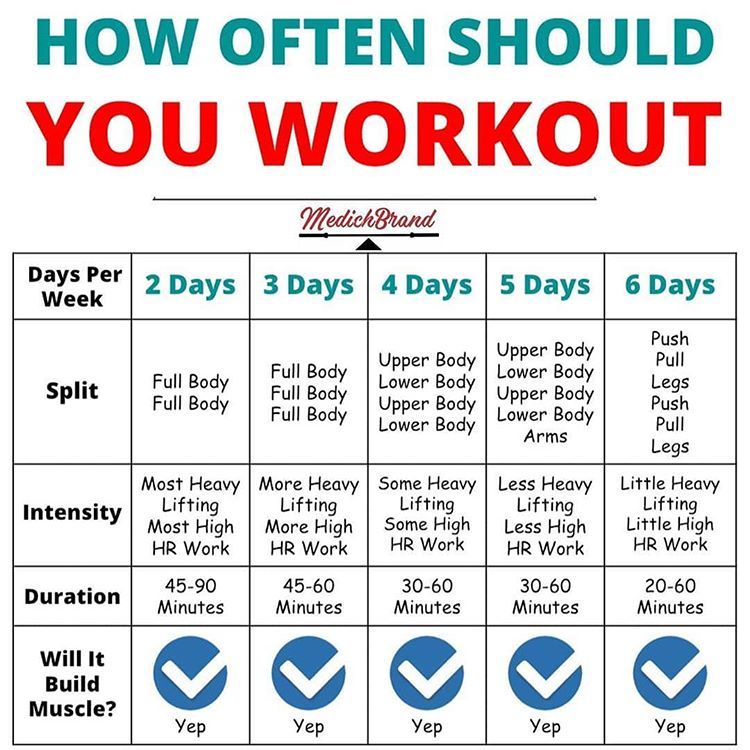 When you balance and rotate your tires you help ensure that these vibrations aren’t felt through the chassis of your car or truck and have a more comfortable ride.
When you balance and rotate your tires you help ensure that these vibrations aren’t felt through the chassis of your car or truck and have a more comfortable ride.
When you rotate your tires, you will help the tire tread to even back out and increase tread life in addition to giving you a smoother ride.
When you balance tires, the wheel assemblies will not begin to vibrate more as you are driving faster. When wheels and tires spin, small imbalances become more exaggerated as you drive faster and they spin faster.
Unbalanced tires will cause uneven wear and cause the tires to make noise and wear out more quickly.
Poor tire balance can cause significant steering wheel vibration. When wheel assemblies are not properly balanced, they can bounce slightly as they spin faster and faster.
This bouncing can cause the steering wheel to vibrate as the vibrations cause the suspension and steering mechanisms to move rapidly. This vibration is typically minor and slightly annoying.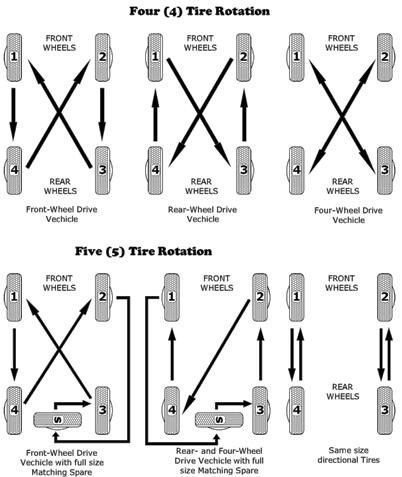 But in some cases, it can be more violent and damaging to your vehicle.
But in some cases, it can be more violent and damaging to your vehicle.
Even tread wear is important to ensure maximum traction and your safety. The less tread you have left on your tires the less safe they become.
If one edge of your tire has plenty of tread and the other edge has none, the tire will be extremely dangerous to drive on even though a portion still has some good tread left.
Keeping your tires rotated regularly and making sure the tire and wheel assembly is properly balanced will ensure that the tread wear is as evenly distributed across the tread pattern as possible.
Tires that are not properly maintained by regularly rotating and balancing will not last as long as they are capable of lasting.
It’s possible to cut the usable tread life in half if you don’t rotate your tires as suggested by the tire manufacturer.
For instance, if you don’t rotate your tires and they are wearing significantly on the inside shoulder of the tread, the inside shoulder tread will become bald and become extremely dangerous to drive on even though there is still nearly new tread on the outside shoulder of the tire tread.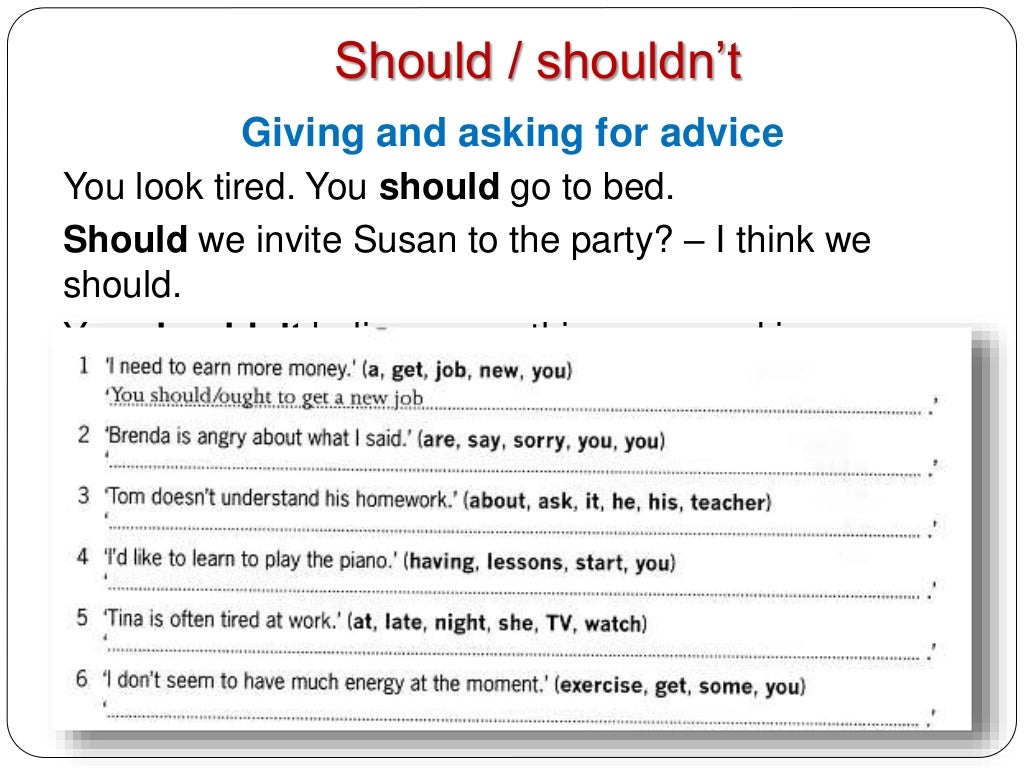
The warranty the tire manufacturer provides that guarantees your tires will last a certain amount of time requires that you rotate tires on a certain schedule. You must have proof that you had your tires rotated according to this schedule to claim the warranty if your tires don’t last as long as the manufacturers’ warranty guarantees.
Tire Warranty
You must have proof your tires have been rotated according to the tire warranty requirements to make a mileage warranty claim.
Tire rotation is the process of moving a wheel and tire assembly from one corner of your vehicle to another on a regular rotation to ensure the tread of the tires wears evenly.
There are different tire rotation patterns that should be followed depending on several variables. For instance, front-wheel drive vehicles should use the forward cross or x-pattern tire rotation patterns for best results. Rear-wheel drive vehicles should use the rearward cross or x-pattern tire rotation patterns to ensure more even tread wear.
Rear-wheel drive vehicles should use the rearward cross or x-pattern tire rotation patterns to ensure more even tread wear.
Tire rotation helps to shift the portion of the tread the car or truck puts the most weight on to a lesser used portion of the tire tread.
It’s not usually possible to ensure that the tread is always used to its fullest potential, but tire rotation is the most practical method of changing the point of the contact patch on the tire tread.
Tires should be rotated according to the tire manufacturer’s recommended tire rotation schedule. Their rotation schedule is the best and most effective because they are most aware of how quickly the rubber will wear down and how frequently the tires should be rotated to get the most tread life possible from them.
Any time you notice tire noise or vibrations you should have your local tire installer check your vehicle and tires for issues that would cause these problems. Tire rotation or balancing may solve these problems, but there may be other problems they can identify that need to be fixed.
Tire rotation or balancing may solve these problems, but there may be other problems they can identify that need to be fixed.
Rotating your tires according to the tire manufacturer’s recommended schedule will also ensure that your tires can be warranted if they don’t last as long as the manufacturer’s warranty guarantees that they will last.
You must provide proof that the tires have been rotated according to the required schedule to meet the warranty qualifications. This means providing dated receipts for each tire rotation. This is the primary reason you shouldn’t rotate your tires yourself.
Generally speaking, tires should be rotated every 5,000 miles. To ensure that the tire manufacturer’s warranty is not voided, you should rotate your tires as often as they recommend.
Some tires with softer rubber compounds will benefit from more frequent tire rotation, while others with harder rubber compounds can be rotated less frequently.
You may also want to rotate your tires more frequently if your car or truck suspension geometry causes the contact patch to be unusually off-center on the tread of the tire.
For instance, it’s common for sports cars to have negative camber on the rear tires. This means the top of the tires are tilted slightly inward when looking at the vehicle from the rear. Negative camber causes premature wear on the inner shoulder of the tire tread.
Tire rotation is not necessary, however, it can have some serious drawbacks if not performed regularly.
The tire manufacturer’s warranty requires proof of tire rotations being performed according to the required schedule to make a warranty claim if the tires don’t last the duration of the manufacturer’s warranty guarantee.
Tire balancing is the process of placing wheel weights at strategic points around the rim of the wheels to reduce vibrations at high speed.
Small inconsistencies in the weight of the tire and wheel as it spins around will cause slight vibrations. These vibrations can become magnified the faster you go.
The purpose of tire balancing is to eliminate tire vibrations by ensuring the tire and wheel assembly is the same weight all the way around the assembly.
Very small inconsistencies in the weight difference around the tire and rim can cause severe vibrations if not corrected with small weights.
All tires should be balanced when originally mounted. Tires should be rebalanced every 5,000 – 10,000 miles or so.
If you feel tire vibrations coming through the chassis of your car or through the steering wheel, especially as you drive faster, you should consider having your tires balanced again. This is also true if you begin to hear tire noise that wasn’t present before.
Also, if you notice unusual tread wear you should ask your local tire installer to rebalance your tires and inspect for other problems that could cause unusual tread wear.
It’s common to have tires rebalanced when tires are rotated out of convenience and due to the recommended interval to have tires rebalanced being similar to the amount of time recommended for rotating tires.
Tires can become slightly out of balance as the rubber tread wears down over time. Small inconsistencies can begin to show up and cause vibrations that can be felt through the car chases or steering wheel.
Adhesive Wheel Weights
Many people find it convenient to have tires balanced when rotated. This isn’t necessary but they should likely be rebalanced every other tire rotation cycle.
Regularly rebalancing your tires is convenient to do at the same time as other services where the wheels are removed from the car or truck.
Uneven wear will go uncorrected until the tires fail prematurely. Often, uneven wear can be compensated dramatically by regular tire rotation.
Tire balancing is necessary when tires are originally mounted to your vehicle rims or there will be significant vibration, especially at high speeds.
Tire balancing after the initial balance is performed usually isn’t necessary but recommended to ensure there isn’t poor tire wear, noise, or vibrations.
To maximize ride comfort and tire life, tire balancing should be performed regularly.
Tire rotation and balancing don’t need to be done at the same time.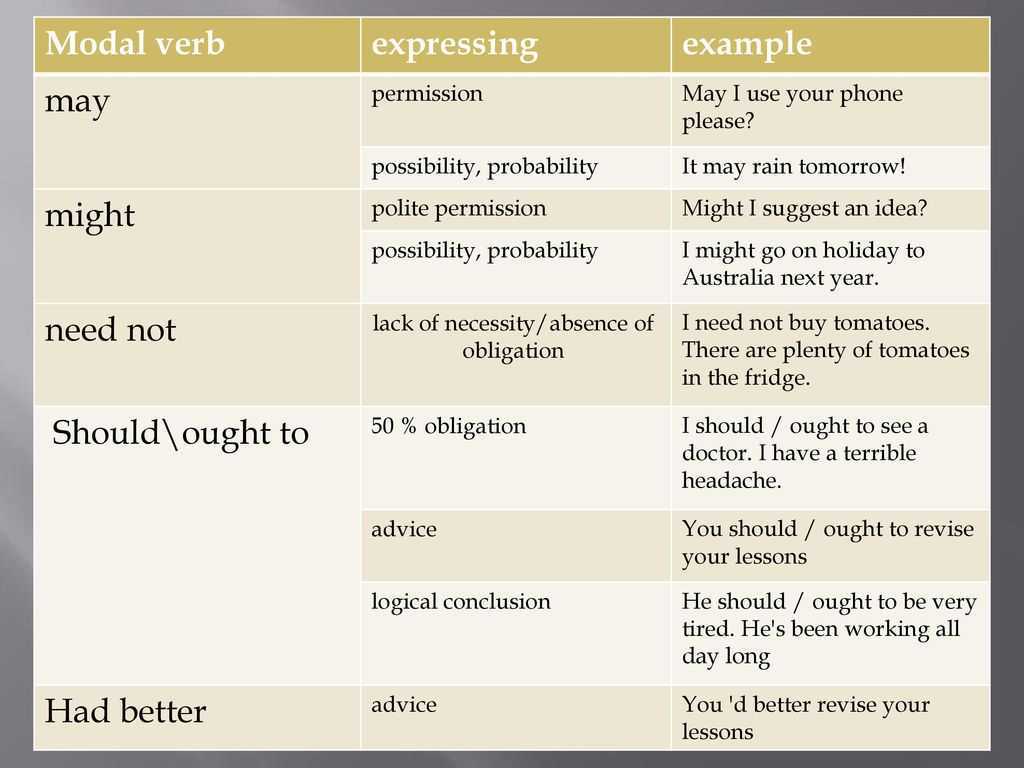 It is often convenient to do them together to save a trip to your tire installer.
It is often convenient to do them together to save a trip to your tire installer.
Be sure to know what the manufacturer’s recommended tire rotation schedule is so that you ensure your tire warranty is kept in good standing in case you need to make a warranty claim.
Also pay attention to tire noise, vibrations, and unusual tire wear so that you can make a visit to your tire installer to help you correct any of these problems before they become more severe.
Below are some links you may find helpful when learning about tires
Will Creech
Will has been an automotive enthusiast since he was old enough to make engine sounds. Formerly a member of the contract training team at Discount Tire, he is unusually knowledgeable on all things related to tires. He is now the owner of and main contributor to TireGrades.com.
Lada
UAZ
KIA
Hyundai
Renault
Toyota
Volkswagen
Skoda
BMC
BMC
BMC
BM
Mitsubishi
Mazda
Ford
All brands
Related materials
Seasonal tire change: everything car owners need to know
To begin with, a small educational program. Balancing is the alignment of the center of mass of the wheel with the axis of rotation. In this case, the loads are fixed opposite the heavy part of the wheel. This is the definition of static balancing. And since the wheel is not a thin disk, but rather a wide roller, the so-called dynamic balancing is necessary, when loads are placed both on the outer and on the inner parts of the wheel disk.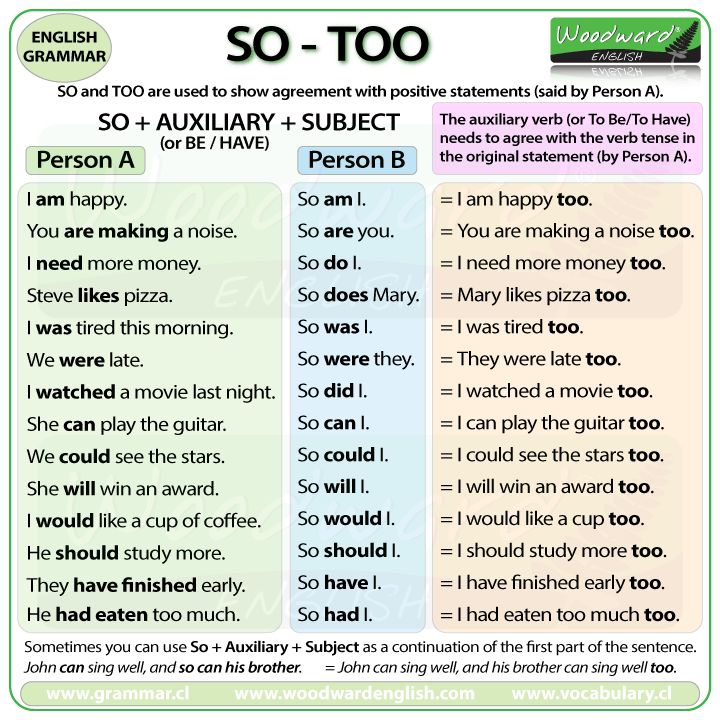 Naturally, the wheels need to be balanced immediately after mounting the tire on the rim: after all, the imbalance can reach 50–60 g on each side. If it turns out more, then it makes sense to "twist" the tire relative to the disk, ensuring their mutual rotation by 180 degrees. With this initial balancing, tire workers provide an imbalance of less than 5 g per side. It is believed that a new tire is capable of slightly changing its position on the disk in the first kilometers, and therefore the balancing will go away a little.
Naturally, the wheels need to be balanced immediately after mounting the tire on the rim: after all, the imbalance can reach 50–60 g on each side. If it turns out more, then it makes sense to "twist" the tire relative to the disk, ensuring their mutual rotation by 180 degrees. With this initial balancing, tire workers provide an imbalance of less than 5 g per side. It is believed that a new tire is capable of slightly changing its position on the disk in the first kilometers, and therefore the balancing will go away a little.
Now let's turn directly to our topic. If you alternately install either winter or summer tires on the same wheels, then you cannot avoid balancing. There is nothing to argue about here. The question of balancing every season arises only for those car owners who have two complete sets of wheels: summer and winter.
Related materials
Routine work that everyone ignores (and in vain!)
So, should the wheels be balanced at every seasonal change?
If you approach the process formally, then you should remember the instructions for the car.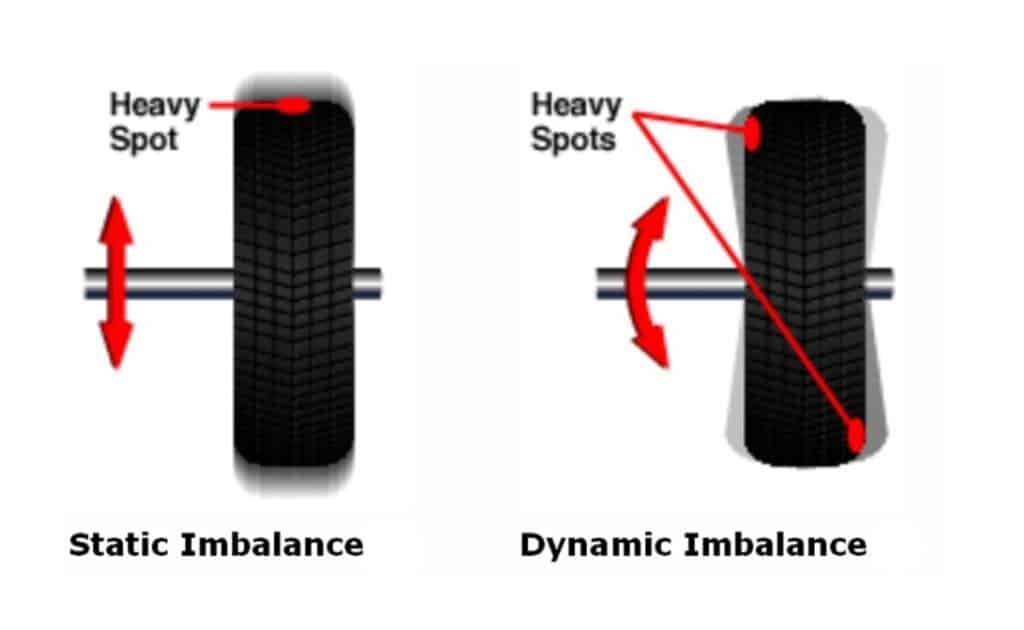 It is usually recommended to balance the wheels after a run of 10,000 to 15,000 km. If you drive less in one season, then you definitely shouldn’t balance, except for the cases specified below.
It is usually recommended to balance the wheels after a run of 10,000 to 15,000 km. If you drive less in one season, then you definitely shouldn’t balance, except for the cases specified below.
But this is in theory, but in practice I advise you to monitor the behavior of the car. If there is no noticeable beating of the steering wheel, then balancing is not needed. The beating of the rear wheels is felt less, but they usually suffer less often. In any case, you should feel a strong imbalance.
If you change your own wheels twice a year, the following recommendation applies. Put the wheels on and ride for a couple of days. During this time, the tire will get rid of the deformations that occurred during storage. If there are no vibrations at any speed with which you drive, balancing can not be carried out.
Related materials
10 procedures without which it is better not to drive
Balancing is required in the following cases:

Photo: depositphotos.com
Our new video
Large crossover Lada, almost VW from Kaluga, "native" Muscovites: plans for the car industry revealed
So here's the thing! 7 imperceptible reasons for excessive fuel consumption
Frame, eternal diesel, LEDs, a bunch of chips ... - everyone needs such a GAS!
Did you like the note? Subscribe and you will always be in the know!
Driving in Zen
Lack of wheel balance is not only a deferred suspension expense and premature tire wear, but also a potential threat to safe driving. Wheel wobble leads to uneven "eating" of the tire, vibrations on the steering wheel, which are more felt with increasing speed.
However, once done balancing is not something eternal. Poor road surface, long-term storage, errors in operation lead to wheel imbalance. Winter and summer tires on two sets of discs do not save here.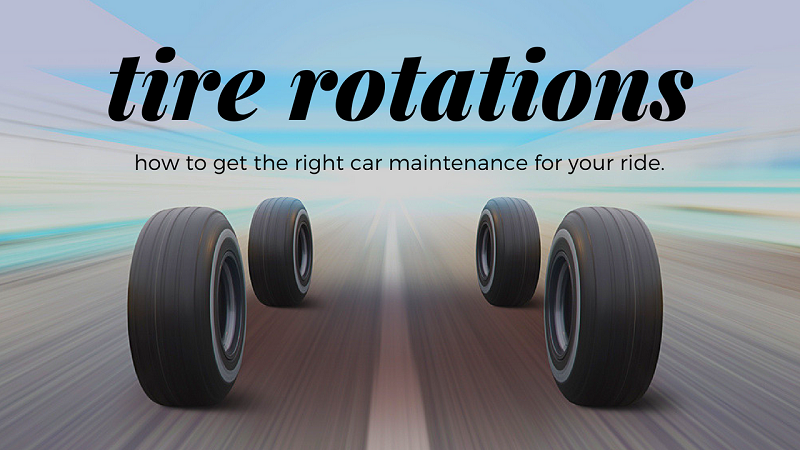
Regardless of the operating options, the answer here is unambiguous: yes, balancing is needed.
Consider the option with two sets of rubber on the disks.
After leaving the winter, the driver sends the winter set for storage in the garage or on the balcony. The wheels will only return to the car closer to the next first snow. During the operation, the wheel with a high degree of probability flew into the pit more than once, it is possible that the tire was not inflated in time, it was operated in modes not intended for it. All this can lead to loss of weights, a slight change in tire weight, but enough to upset the balance of the wheel.
Tire manufacturers recommend balancing every 10-15 thousand km. Each driver has his own driving mode, so these recommendations are quite difficult to follow. It is better to check and balance before the start of the season.
At the expense of winter studded tires, there is a special opinion that the mileage until the next check is 5 thousand km. The reason is the flying spikes and increased loads on the wheel, which are formed due to adhering ice.
The reason is the flying spikes and increased loads on the wheel, which are formed due to adhering ice.
It is also recommended to balance after a puncture or cut has been repaired, after a serious blow.
The quality of work is influenced, first of all, by the equipment. Both the level of the stand and its wear are important here.
The best results are given by computer-controlled stands.
Such equipment makes it possible to balance discs using a system of spaced weights, even for wheels with a large imbalance.
Stands can be calibrated to different accuracy: 1, 5, 10 grams. Most often, 5-gram precision is used. This is quite enough to achieve good results for a wide range of car tires.
10 grams do not give such accuracy, but for lack of a better one, it is quite sufficient. Calibration of the machine by 1 gram is necessary for vehicles operated at high speeds.
However, no matter how modern the equipment is, over time, wear and tear of the elements occurs.